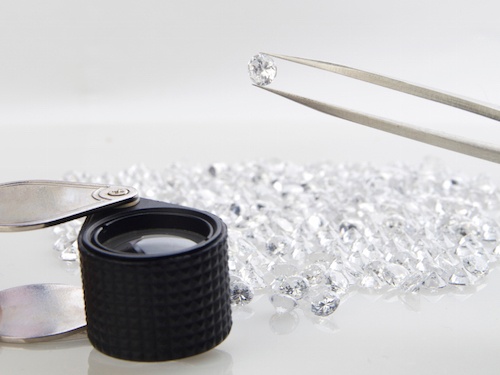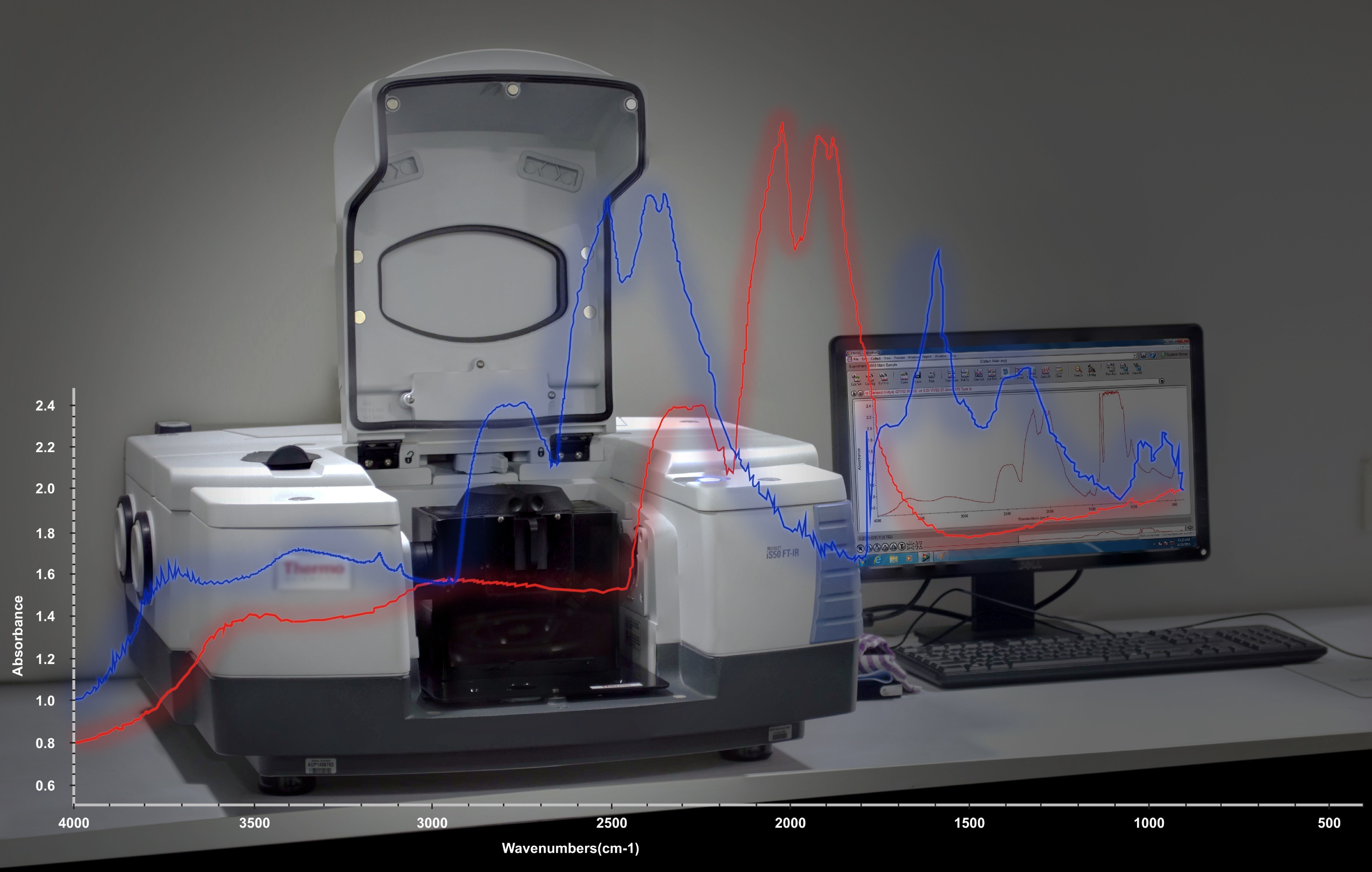
Star and melee diamonds are minuscule diamonds weighing a fraction of a carat, sometimes as small as 0.6mm. Given their tiny size and the fact that they are usually sold in parcels, these natural diamonds can easily be contaminated by undeclared man-made diamonds. How can you detect man-made in these smaller diamonds?
A Needle in a Haystack
Many people are familiar with the problem of the undisclosed mixing of synthetic diamonds in parcels of natural stones. The gem testing laboratories have all developed technologies to detect and flag such stones. However, when it comes to small diamonds — which make up the bulk of the world’s production — the technological problem is to be able to pick up even one or two synthetics from parcels of hundreds, if not thousands, of stones.
The Spectroscope
Detection rates of synthetics are high and improving every day. A spectroscope is the name of the instrument on which most of this detection would be dependant. Spectroscopy plays a very important role in gemology. From the basic to the advanced spectroscopes, such as the Raman spectrometer, FTIR, UV-VIS-IR spectrometer, Fluorimeter, LIBS, spectroscopic instruments are essential to today’s gemologist.
Of these types, the FTIR or Fourier Transform Infra Red spectrometer is the suitable instrument for the detection of synthetics in parcels of very small diamonds, because the FTIR is able to simultaneously collect high spectral resolution data over a wide spectral range.
With an FTIR Spectroscope, a gemological laboratory can:
- Identify types of diamonds.
- Detect synthetic diamonds, emeralds and quartz.
- Detect heat treatment in corundum — the mineral of which rubies and sapphires are a variety.
- Detect fracture-filling in corundum.
- Detect resin filling in emeralds.
Thus, the FTIR spectroscope could be very helpful in detecting and separating man-made and natural diamonds.

Experts Needed
But of course, the results are only as good as the competence and experience of the gemologists operating the equipment. In fact, it isn’t an overstatement to say that the methods of use and the way the results are interpreted make all the difference to the accuracy and validity of the results.
GSI
GSI, after running a series of tests and experiments, has developed a unique technique for the detection of synthetics in parcels of small, melee-sized diamonds. This method makes a significant difference in accurately identifying and differentiating between natural and synthetic diamonds in a “high-throughput” situation, as when an entire parcel is screened at once. This system is operational at GSI’s Surat office, which caters to the worlds’ capital of small-diamond-processing.
Conclusion
When it comes to identifying synthetic diamonds in parcels of melee sizes, diamond buyers and sellers can rest assured that there is a solution. They also need to be aware that, despite having all the right equipment, the safe detection of undisclosed synthetics and surreptitious treatments is heavily dependent on the quality and experience of the personnel operating the equipment and above all, the screening and analytical methodology employed by the lab.
Do you have questions or comments about identifying synthetic diamonds in parcels of melee sizes? Leave a comment in the section below.
For more on the topic of synthetic diamonds, read our blog, Do Synthetic Diamonds Pose a Threat to the Diamond Industry?


 RapNet Blog
RapNet Blog